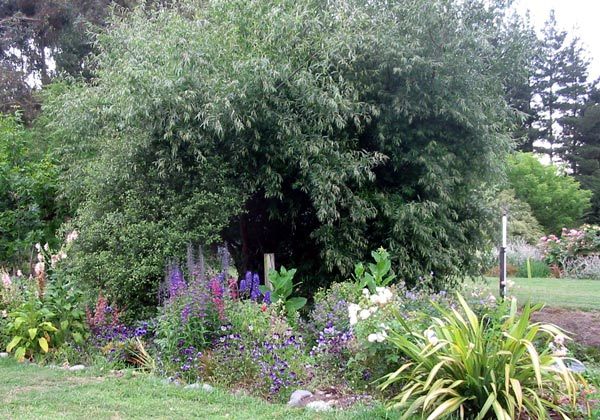How does the first and smallest of the three-trophic-level consortium affect the larger two as temperatures rise? Survival and development rate generally increase, thereby reducing the potential for damage in willow trees… Read More
The Reproduction of a Key Arctic Copepod in Low-pH Seawater (12 Feb 2013)
According to the authors of this study, “copepods, as a group, may be well equipped to deal with the chemical changes associated with ocean acidification”… Read More
Coral Microbial Communities Along a Natural pH Gradien (12 Feb 2013)
How low can the pH gradient go … and coral microbial communities still survive? In this study, all the way down to 7.3, where for the two coral species studied, this “reduced pH does not seem to significantly reduce coral health”… Read More
The Middle and Late Holocene in Central European Russia (12 Feb 2013)
It seems that the more one studies palaeoclimates in various places around the world, the more one begins to appreciate the fact that there is nothing unusual, unnatural or unprecedented about our planet’s current level of warmth, especially when it is realized that at these earlier times there was much less CO2 in the air than there is nowadays… Read More
Yellow Sugarcane Aphids in a CO2-Enriched and Warmer World (13 Feb 2013)
As both temperature and CO2 rise, infestations of this serious pest will likely decline… Read More
Modeling the Link Between ENSO and North Australian SSTs (13 Feb 2013)
How much have the CMIP5 models improved over the CMIP3 models? According to the results of this study, not much. In the words of the authors, “gaining a deeper understanding of the physical mechanism behind the strong link between the SSTs in the Niño-3.4 region and to the north of Australia using these models” is “a vital next step” for this work, which they say is required “to elucidate the processes missing from the models that cannot capture the link”… Read More
Drought-Induced Oxidative Stress in Grassland Plants (13 Feb 2013)
How is it impacted if the air’s CO2 content and temperature are higher than they are today? Atmospheric CO2 enrichment typically increases the quantity of grassland production, even when plants are stressed for water, while at the same time it additionally enhances the quality of what is produced, as it reduces drought-induced oxidative cell damage and protein oxidation… Read More





